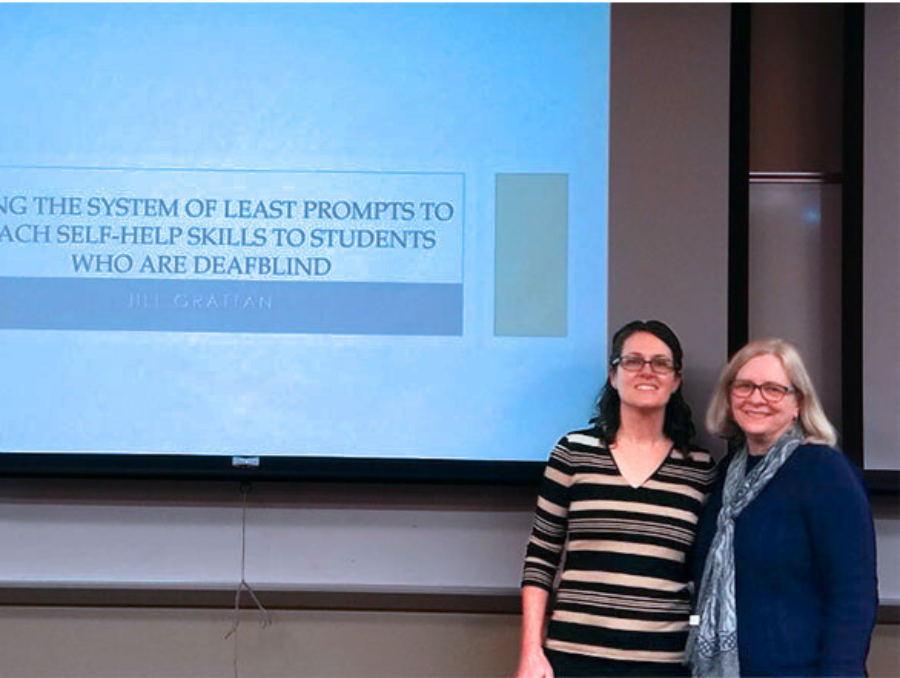Higher education institutional rankings have enjoyed an enormous rise in popularity over the past decade. Many of the mainstream ranking systems, however, may have methodological flaws, putting too much reliance on an institution’s admission selectivity, preparation level of enrolled students, faculty research output (in fact the Wall Street Journal/Times Higher Education ranking puts a 60% weight on faculty research and publication citations!), campus diversity, perceived reputation, and more, without considering student outcomes after attending an institution. None of the popular college ranking systems gauge an institution’s value-added contribution to their students’ post-attendance success.
To help solve this problem, the University of Nevada, Reno’s Office of Institutional Analysis has created a new College ROI (return on investment) database. The College ROI database estimates academic progress and post-enrollment/graduation student financial outcomes after normalizing factors that account for student and institutional resources. This allows users to compare rankings across a wide range of institution types, such as highly selective research universities with large endowments to less selective colleges with limited resources. This method highlights an institution’s value based on a composite score of four outcomes:
- First-year student persistence (freshmen retention rate)
- Six-year graduation rate of Bachelor-degree-seeking students
- Federal student loan repayment rate
- Intergenerational income mobility rate
The College ROI database allows users to compare 553 different US institutions in order to make more informed and educated decisions regarding higher education. This is also a valuable research tool, transforming publicly available data to compare the return on financial investment of attending various colleges and universities.
University Libraries
The University Libraries embrace intellectual inquiry and innovation, nurture the production of new knowledge, and foster excellence in learning, teaching and research. During each academic year, the Libraries welcomes more than 1.2 million visitors across its network of three branch libraries: the Mathewson-IGT Knowledge Center, the DeLaMare Science and Engineering Library and the Savitt Medical Library. Visitors checked-out more than 90,000 items and completed more than 2 million database searches.
















